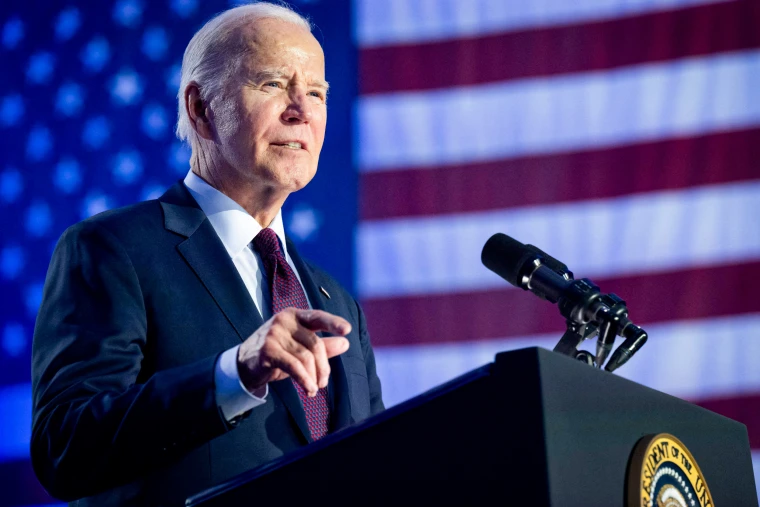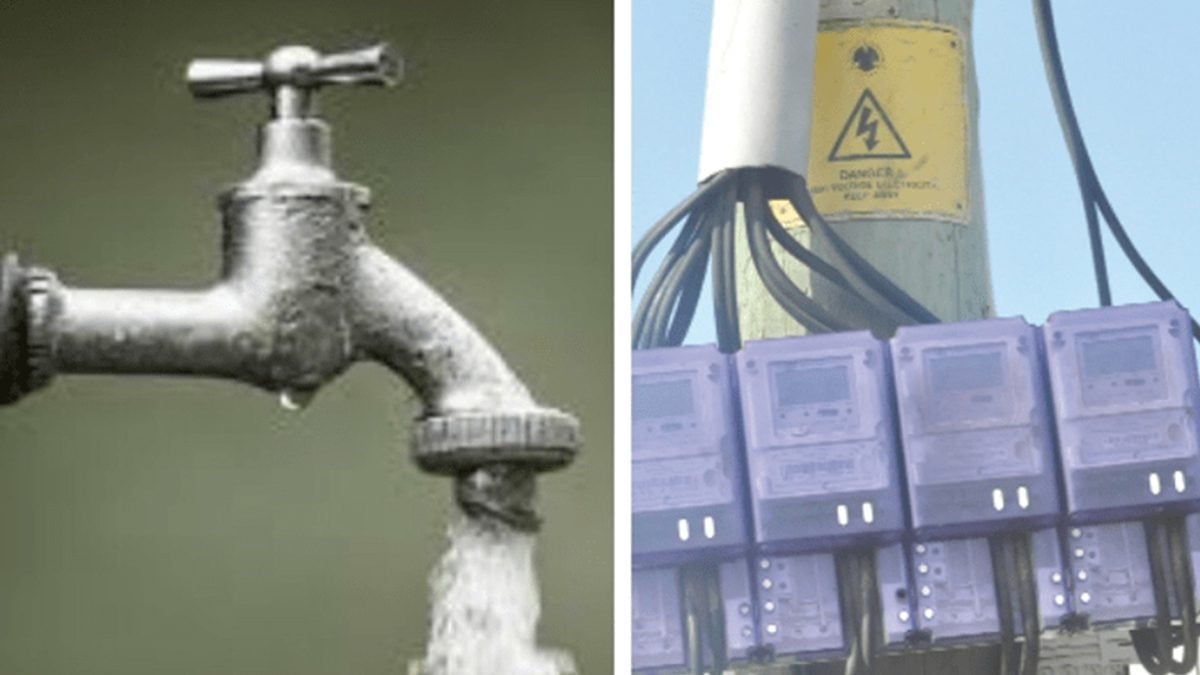
The regular shareholder is usually not involved in the routine company operations but would always want to protect his or her interest. This is done through the company's employees, its executives and its board of directors.
In principle, the board of directors are elected by the shareholders of a company to oversee and govern the management; this will ensure that management is generating shareholder value. An effective board is one that is separate from the day to day management of the company.
When management and employees are also shareholders, they will be motivated to protect shareholder interests as their own. This helps to protect a company from mismanagement. This, in turn, reflects on the share price of the companies.
How well have GOIL and TOTAL been managed? Is it to a level that shareholders will be happy about? The Young Investors Research takes a closer look at these two companies as at 31st December 2018 from 2014.
REVENUE TRENDS
Revenue refers to the income generated from the sale of goods or services. With the revenue, the trend from 2014 portrays GOIL growing revenue by more than 99% compared to about 43% by TOTAL. Though the figures were close between 2014/15, the gap widened as the years went by.
This may be attributed to the deregulation of the petroleum downstream sector where competitive pricing took centre stage. Though the petroleum sector experienced some murky moments especially in 2014 when the 17.5% special tax and levies were introduced in addition to the depreciation of the cedi, both companies showed strength in revenue generation.
COST OF SALES
The component of the cost incurred in the course of production informs the bottom-line of the business. For the two companies, they are mainly direct labour cost, direct material cost and direct expense. From the chart above, it can be seen that GOIL has witnessed a consistent increase in the cost of sales since 2015 by about 95%. TOTAL Ghana, on the other hand, also increased by about 40%. The cost of sales took a large chunk of the revenues for the two companies. This implies that, for TOTAL and GOIL to maintain adequate profit to their shareholders, they must put in place prudent measures to reduce the cost of sales.
GROSS PROFIT
The suppressing effect of cost of sales is witnessed on the gross profit. It can be realized that despite the high revenue raked by GOIL, the cost of sales has pushed the gross profit lower than that of TOTAL. This has been continuous since 2014 through to 2017 with 2018 been the year GOIL was able to outperform TOTAL Ghana with gross profit amount. This may be attributed to the sharp increment in the cost of sales for TOTAL Ghana by about GH?479,861?,000 (from GH?1,672,113,000 to GH?2,151,974,000) which has been the highest cost of sales for TOTAL Ghana since 2014.
EXPENSES
Another major cost that reduces companies revenue is the indirect costs they incur in generating their revenues generally referred to as “general administration expenses”. These are taken out from the gross profit to determine the profit attributable to shareholders after taking out the necessary costs. It can be seen that GOIL and TOTAL have been battling with high expenses with their peak or meeting point been 2017 where GOIL spent GH?129,063,000 and TOTAL Ghana spending GH?129,248,000. But it can be seen that GOIL has been spending more on selling and distribution (general and administrative expenses) than TOTAL Ghana from 2015. These costs in addition to the cost of sales explained earlier have an effect on profit after tax.
EARNINGS AFTER TAX
Earnings after tax also known as profit after tax or net profit represent the amount of profit attributable to shareholders after charging income tax and finance cost. Whereas GOIL has grown by over 100% in profits since 2014, TOTAL has grown by just about 63%.
DIVIDEND YIELD
Despite the huge growth in profit growth since 2014, TOTAL records a higher dividend yield than GOIL. A dividend is paid out of a company’s profit after tax to shareholders. Dividend Yield is calculated by dividing dividend per share by the market price of the stock, then multiplied by 100. TOTAL has since 2014 has averaged a dividend yield of 4.87% while GOIL has averaged 1.79%.
However, there has been a decline with the dividend yield from 10.37% in 2016 to 3.33% currently which is as a result of a decline in their dividend payout (from GH?23m in 2016 to GH?20m in 2017 and GH?15m in 2018. GOIL has a low dividend yield as compared to TOTAL Ghana but has witnessed a relatively stable dividend yield from 1.90% in 2014 through to 1.91% in July 2019 with the highest been 2.27% in 2016. These appreciations have been as a result of a consistent increase in dividend payout to investors with the highest in 2018 (from GH?10m to GH?16m in 2018).
BOOK VALUE PER SHARE
The book value per share represents the actual wealth of shareholders per the equity of the company (calculated as total equity divided by the outstanding shares of the company). It can be seen that shareholders of TOTAL have had a consistent increase in the book value per share far above that of GOIL with TOTAL Ghana having more than GH?1.00 in book value per share attributable to shareholders of TOTAL Ghana. TOTAL has recorded an average of GH?1.42 of BVPS compared to GOIL’s GH?0.60 since 2014.
EARNINGS PER SHARE AND PRICE EARNINGS RATIO
The earnings per share (EPS) and price-earnings (P/E) ratio are other significant items to look at in judging shareholders value. The EPS represent the profit after tax divided by the total outstanding shares. A high profit will significantly improve on the earnings per share. It shows how much shareholders are earning from each share held. From the analysis above, TOTAL Ghana has recorded better EPS throughout the period under review from GH?0.28 in 2014 through to GH?0.45 in 2018 with the lowest been 2017 where EPS declined from GH?0.34 in 2016 to GH?0.32.
Comparing it to GOIL, the wholly-owned Ghanaian Oil Marketing Company (OMC) has had a relatively stable but very low EPS from 2014 to 2018. It must be noted that this amount is mostly influenced by the net profit of the company and the total number of outstanding shares.
Price-earnings ratio measures how much investors are willing to pay per cedi of current earnings; higher P/Es are often taken to mean that the firm has significant prospects for future growth. It can be seen that TOTAL Ghana has had a decline in its PEs since 2014 (from 22.05 in 2014 to 7.55 in 2018). However, the lowest has been 5.79 in 2016.
This implies that TOTAL Ghana has a fluctuating PE ratio as compared to GOIL which has over the periods under review had a very high and appreciating PE ratio from 13.13 in 2014 to 26.80 in 2017. In comparison between value investors (preference of low PE) and growth investors (preference of high PE), value investors will surely invest in TOTAL Ghana whereas growth investors will go for GOIL.
This is not always the case though.
SHARE PRICE
After all the factors listed above, the most important item shareholders look at is the share price. How have all the figures as stated above impacted the share price? The share price represents the market price of the stock. Multiplying the number of shares purchased by the share price results in the value of a shareholder’s holdings. For instance, in case you purchased 100 GOIL shares in 2014, the cost was approximately GHC105.
The value as at end of 2018 was GHC230. That is more than 100% return. The price of the shares is mostly determined by demand and supply in the market. From the performance of the two companies, TOTAL Ghana plummeted from GH?6.1 in 2014 to GH?4.00 in 2019 (July) with the lowest been 2016 where it traded at GH?1.98. GOIL, on the other hand, has over the years maintained a tremendous appreciation of the share price from 2014 GH?1.05 through to GH?2.30 in 2017 and declined to the current (July 2019) price of GH?2.20. It, however, reached its lowest in 2016 just as TOTAL. High-interest rates, high cedi depreciation rate, power fluctuations amongst others were the reasons in the share price declines within the period of review. GOIL and TOTAL were not the only stocks that plummeted during the period.
It’s worthy of note that from 2014 to 2018 the share price of GOIL had returned more than 120% whereas TOTAL returned about -40%. However, from 2016 to the end of 2018 TOTAL has returned more than 71% whiles GOIL did a little above 100%. Since GOIL got listed in 2007, shareholders have earned more than 10 times the amount shareholders have invested whiles TOTAL has also returned just about 5 times since 2007.
Conclusion
GOIL shareholders have been the happiest depending on the time of purchase of the shares. Same could be said for TOTAL. Also, a comparison with other financial instruments like T-Bill will help an investment make a good judgement.
Purchasing stocks is about getting your timing right. You need to speak to a professional to guide you to make the best decisions when it comes to purchasing stocks. Please follow the link below for an illustration of what more to look at when purchasing shares.
Read Full Story































Facebook
Twitter
Pinterest
Instagram
Google+
YouTube
LinkedIn
RSS